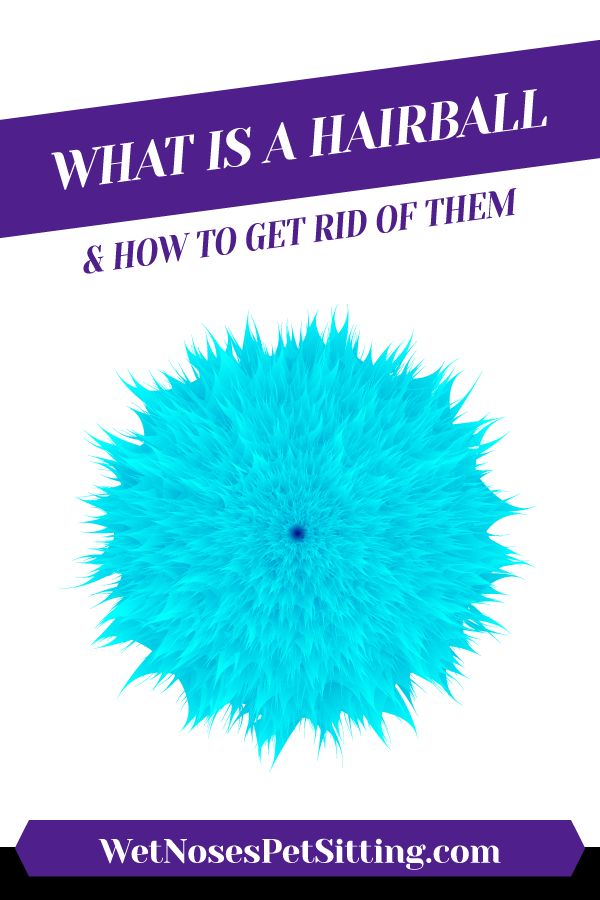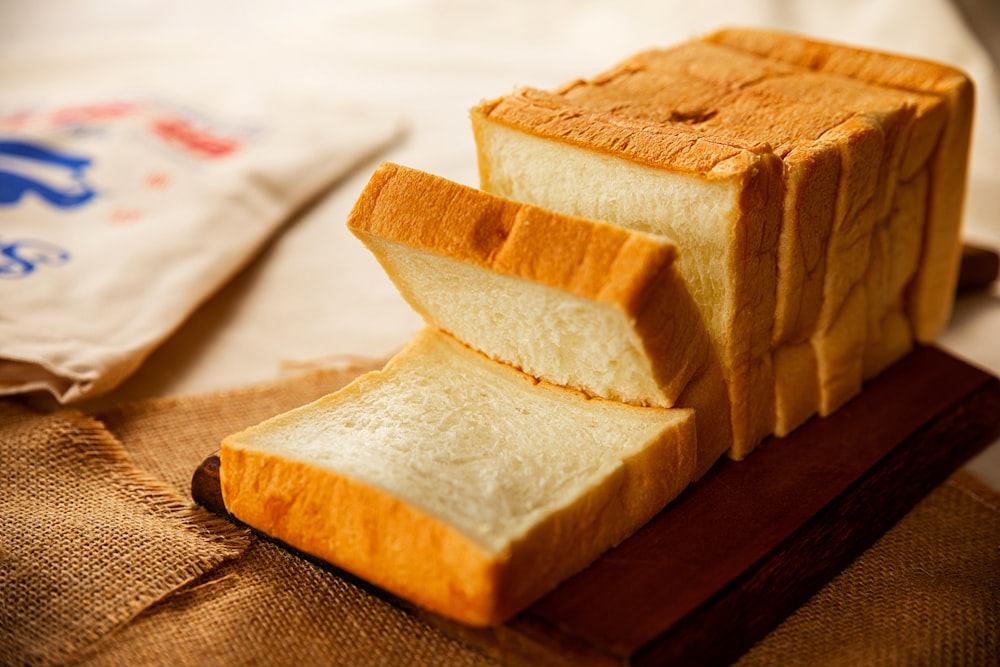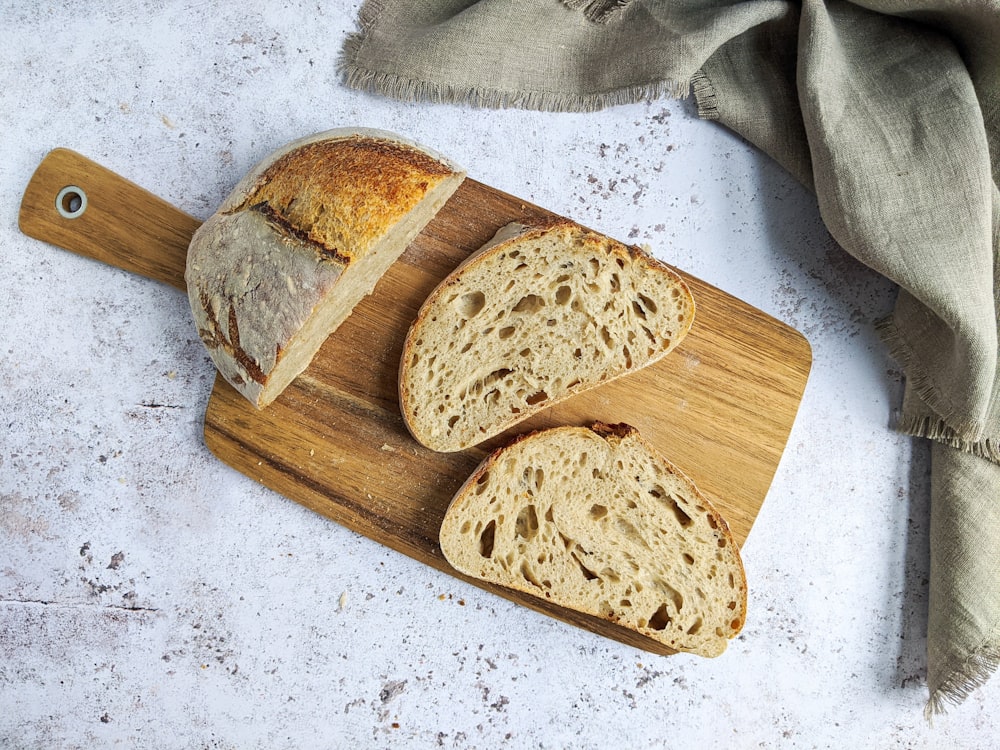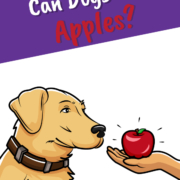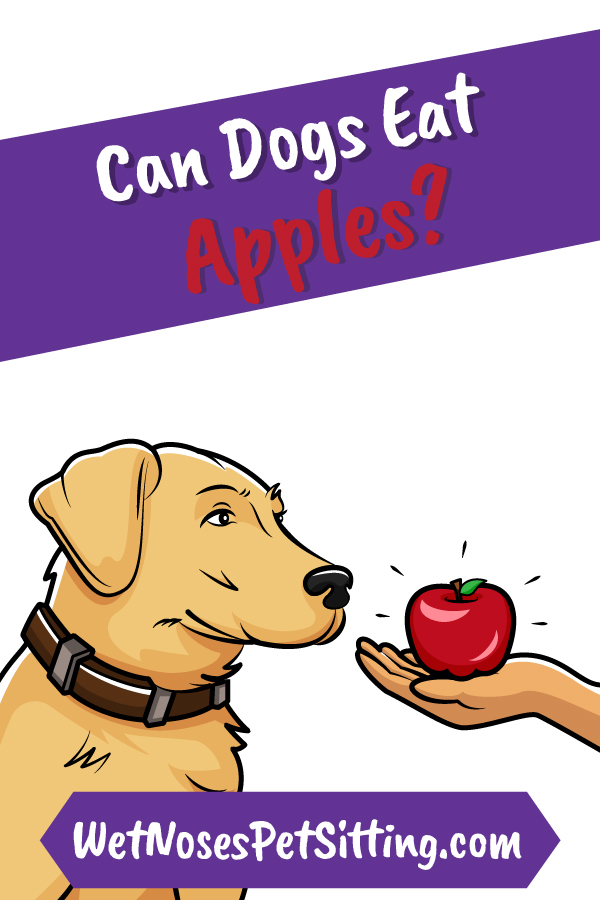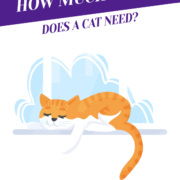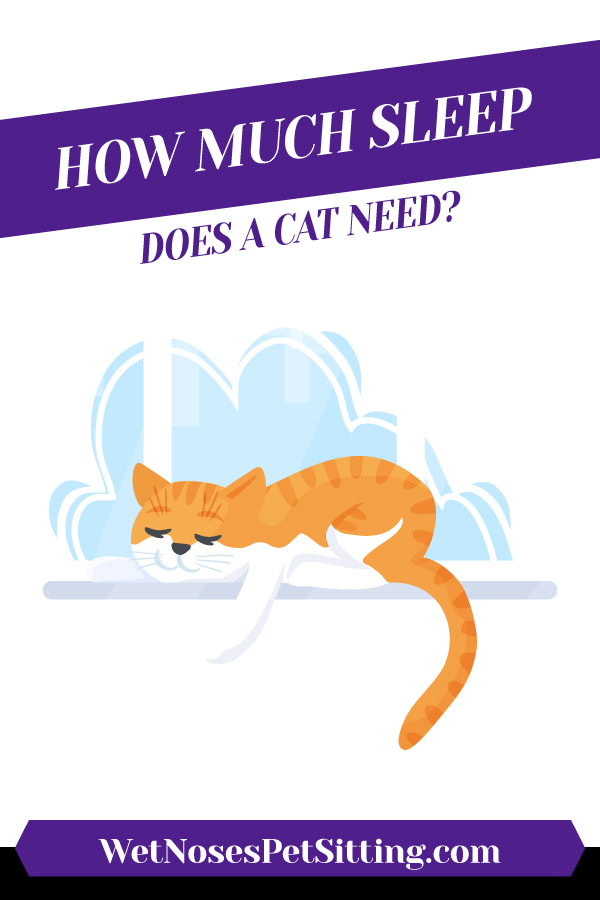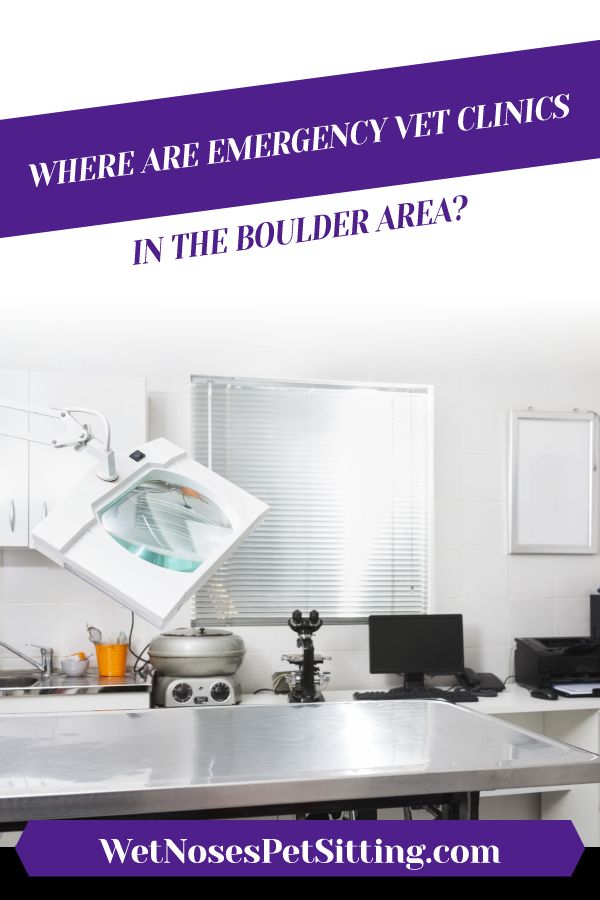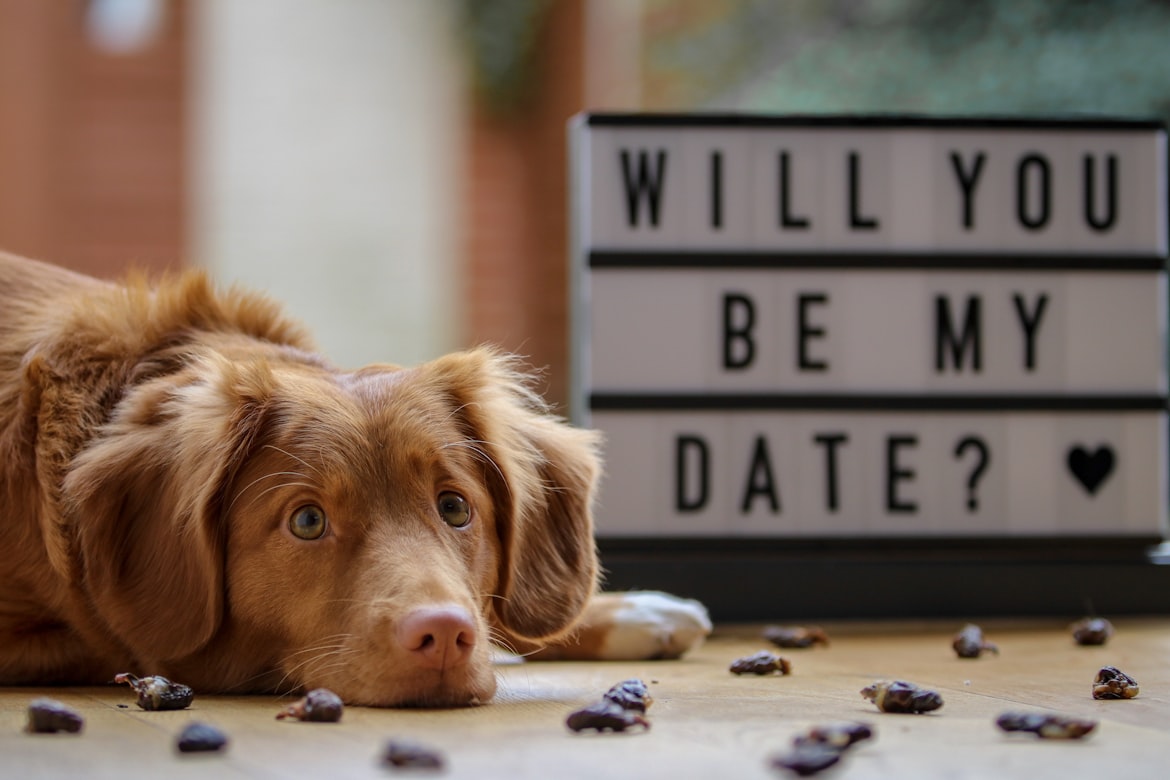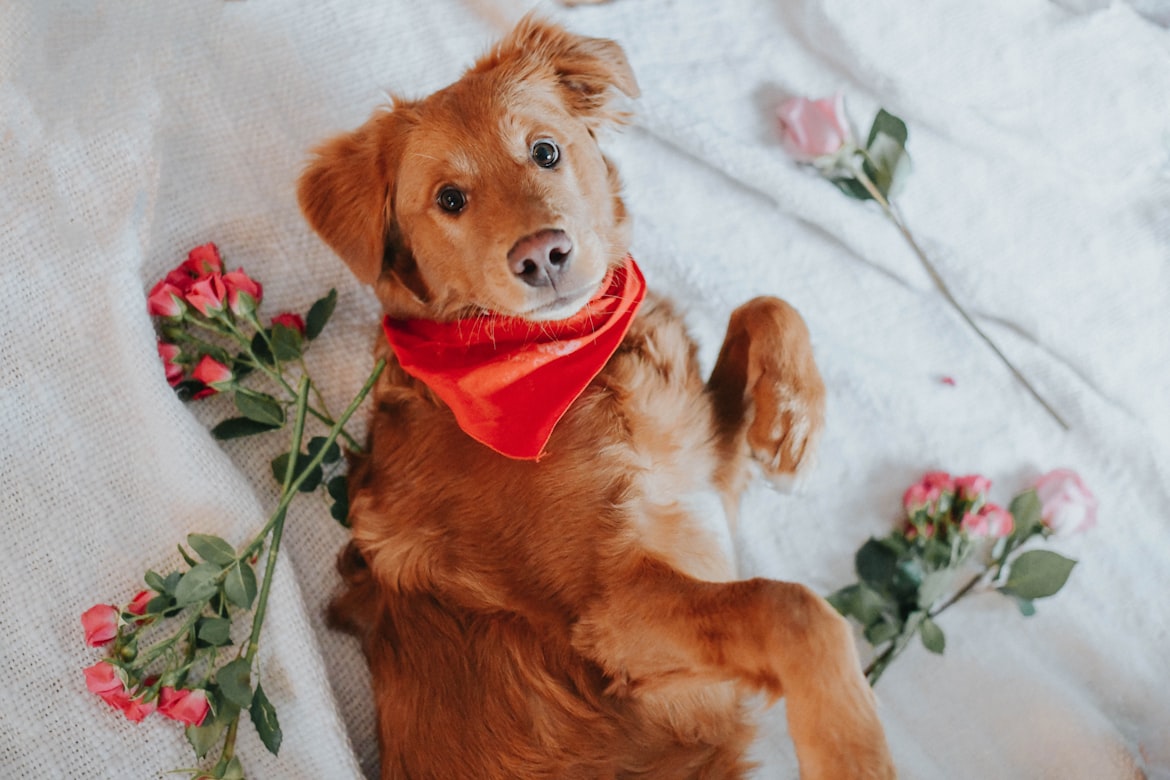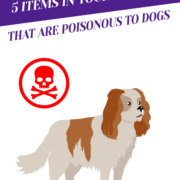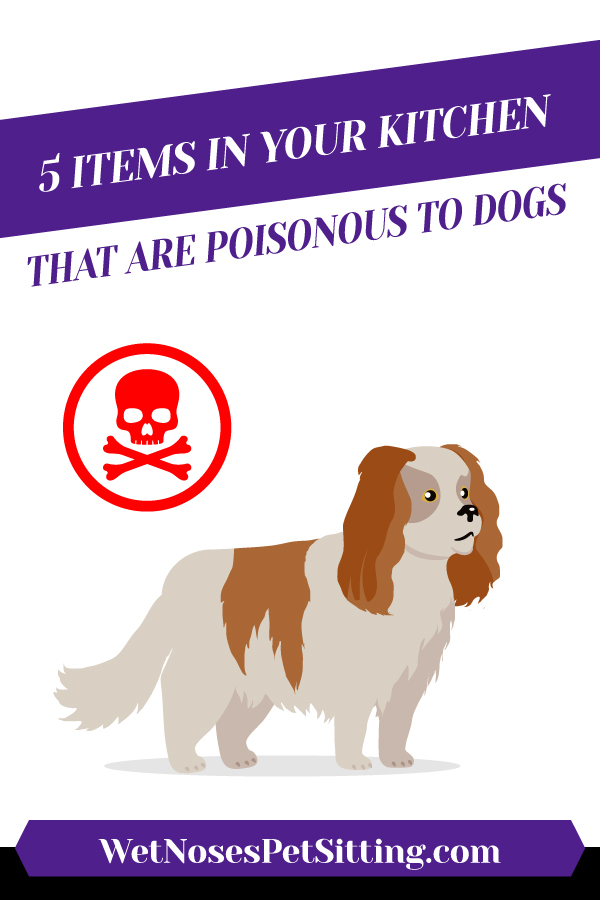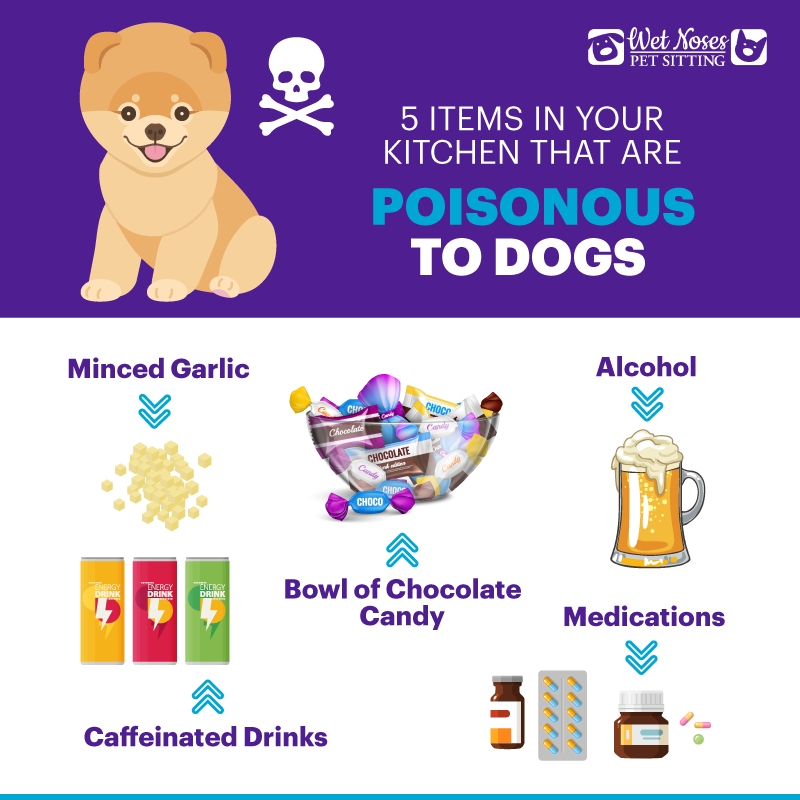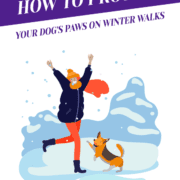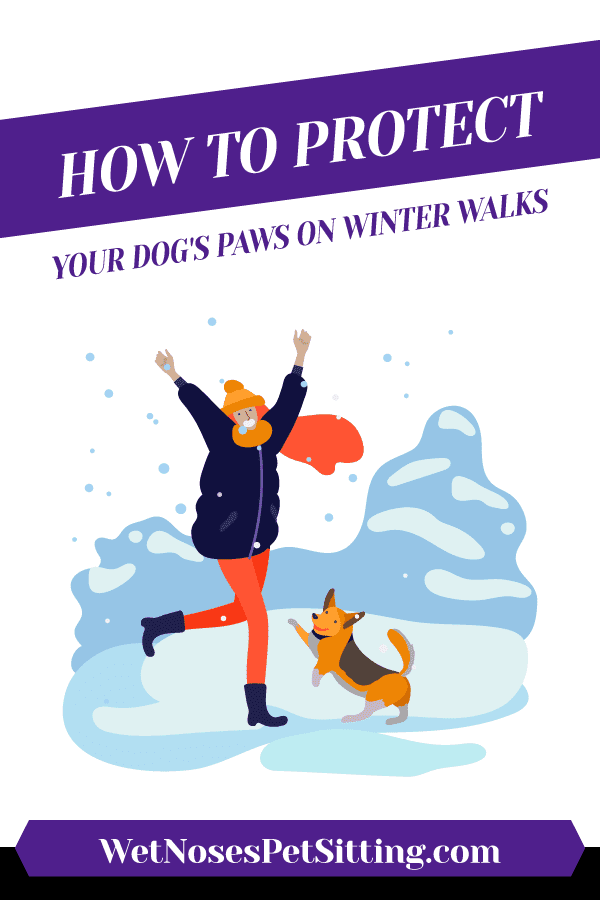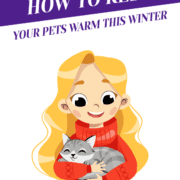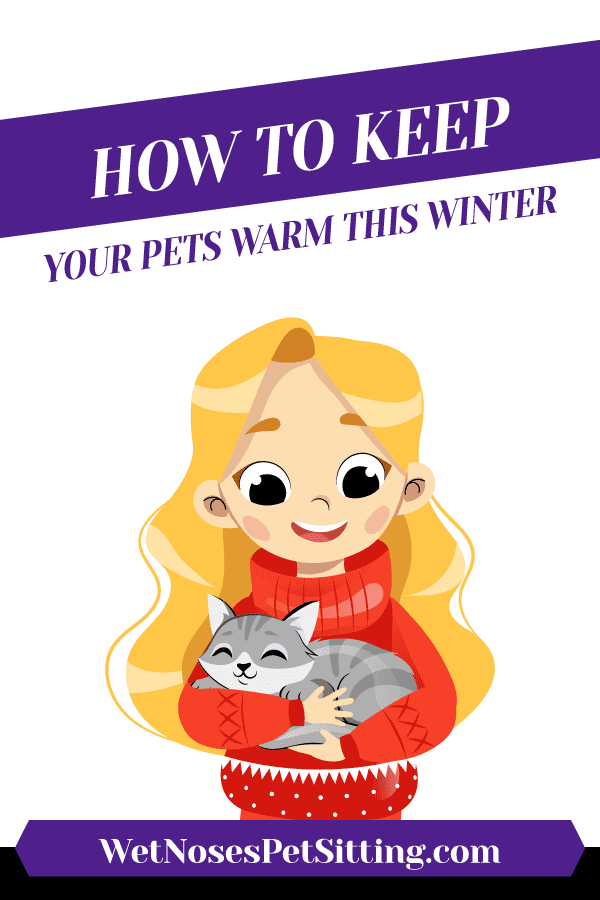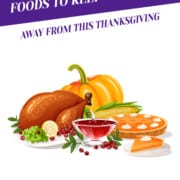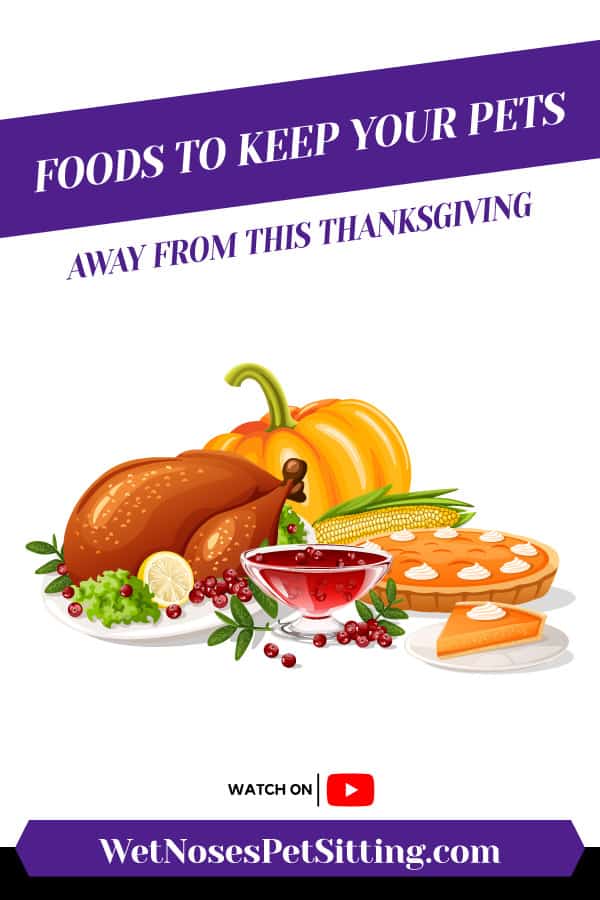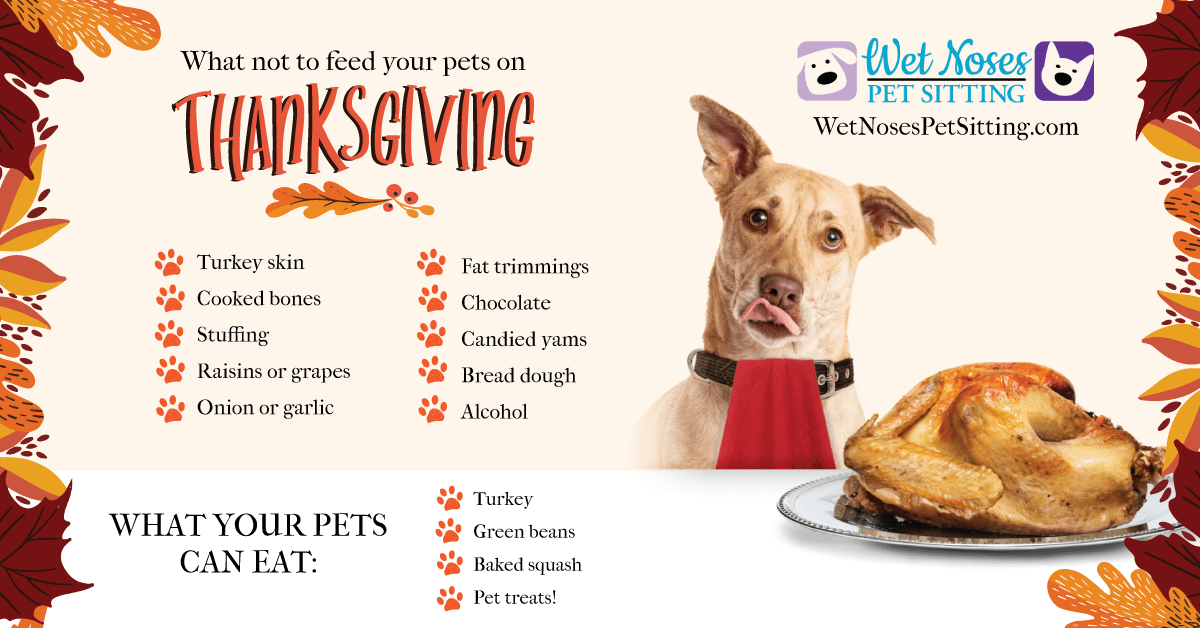What Is A Hairball & How To Get Rid Of Them
What Is A Hairball & How To Get Rid Of Them
What is a hairball?
A hairball is a collection of hair or fur that has formed inside of an animals stomach. Any animal with hair or fur, yes even humans although extremely rare, can experience a hairball. Hairballs themselves aren’t usually anything to be concerned about as they are a natural by product of your cat grooming themself.
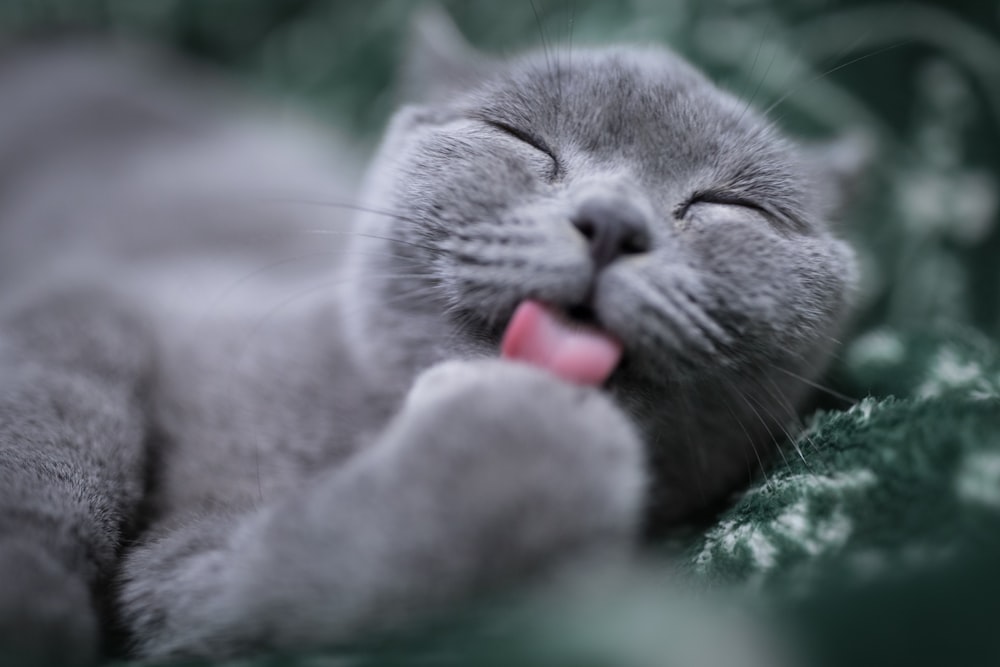
c: Eric Han
How do I get rid of hairballs?
Simply put – you don’t. Hairballs are natural and happen at least once to every cat that has fur. Sphynx’s tend not to have hairballs because they have no hair. If you find your cat is having regular hairballs we have some tips to help reduce the amount of hairballs.
Improve skin and coat health
Hairballs are made up of loose hair that your cat has ingested. To help reduce the quantity of loose hair you can add a fish oil supplement or flax seed if you or your cat are allergic to fish. This will help to strengthen the hair follicles and reduce shedding. Plus you get the added bonus of a cat with a shinier and softer coat.
Regular brushing
Especially true in long haired cats, regular brushing removes that loose hair through means other than shedding or grooming. This way the extra hair ends up in the trash can instead of in your cats stomach.
Hairball gel
If you’re doing all of the above and your cat still gets hairballs, especially during shedding season, a hairball gel might be right for your cat. Tomlyn Laxatone is one of many gel remedies on the market. Nutri-Vet, Licks, and NaturPet are some other brands but are far from the only ones. These work as a lubricant to help the hairball pass smoothly through your but also keeps the hair from sticking together inside your cats stomach. Hairball gels don’t always work and your cat might not willing take it.
If your cat doesn’t want to take the gel, apply it directly to their nose or paw. Cats want to be clean and will groom the gel spot. Thus, ingesting the gel.
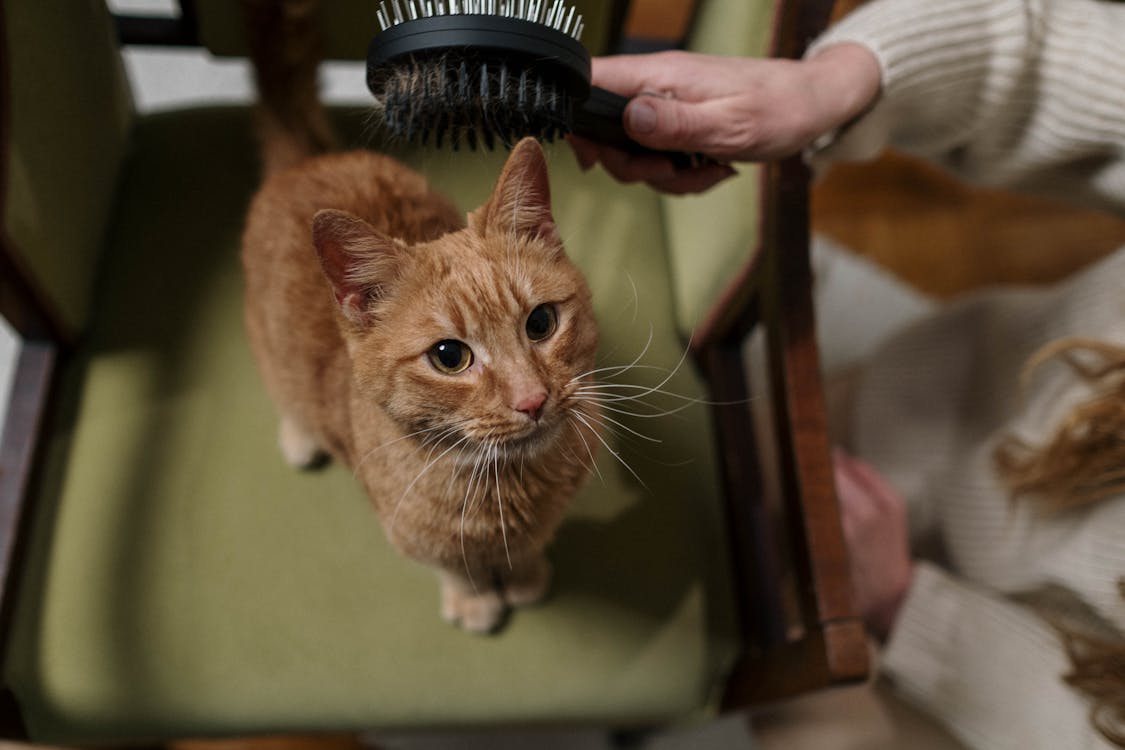
c: cottonbro
How do I clean up a hairball?
Hairballs are easiest to clean up when they’re fresh. Hopefully your kitty didn’t have a hairball on a rug or carpet as those are harder to clean up but it happens. You can use gloves if you would like.
- Remove any large debris with paper towels: Removing the hairball part of the mess is the first step.
- Use an enzymatic cleaner: Enzymatic cleaners such as Nature’s Miracle work on anything biological. This includes hairball messes. Follow the instructions on whichever enzymatic cleaner you have. Some want you to wait 15 minutes, others less.
- Dab the spot. Not wipe if on carpet: On carpet, it’s best to dab up the enzymatic cleaner and reapply if needed rather than wipe. On tile or hardwood you can wipe up any residue. Repeat as necessary.
How many are too many?
During shedding season, typically in the spring and fall, you may notice an increase in hairballs. If your cat is having a hairball multiple times a week or more you should make an appointment with your veterinarian.
What is a hairball and how to get rid of them?
Hairballs are perfectly natural and cannot be fully gotten rid of. They are clumps of hair that have formed inside your cats stomach that need to be expelled. You can minimize how many hairballs your cat produces with supplements and regular brushing. If your cat is having multiple hairballs in a week outside of shedding season, consult your veterinarian.


